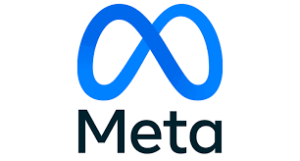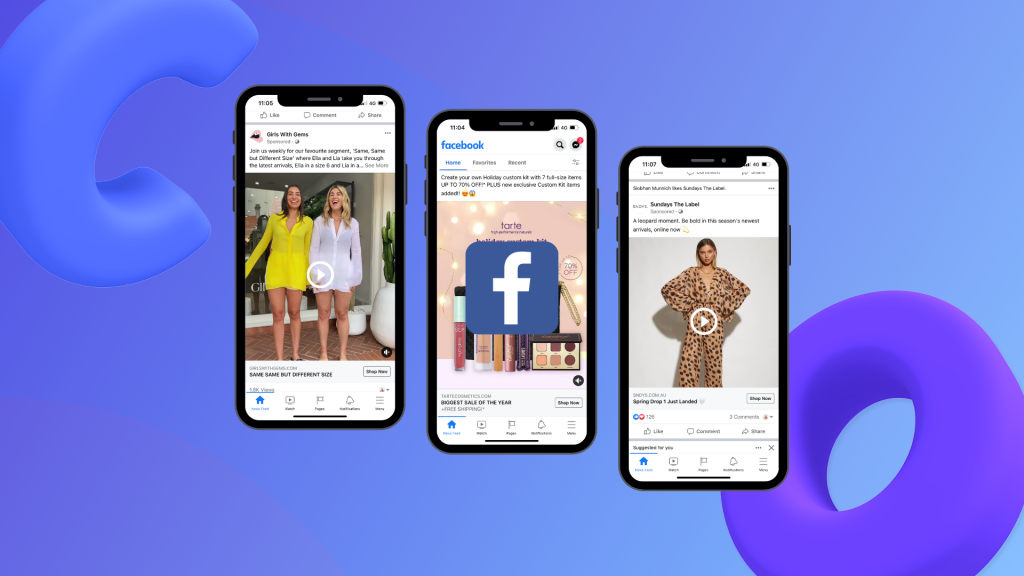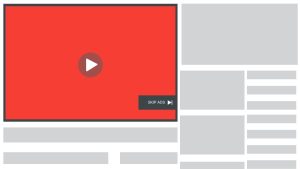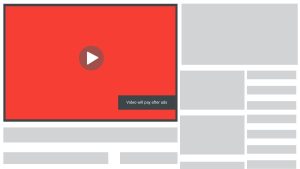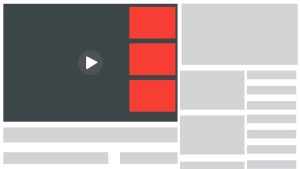Your Google AdWords over this Holiday Season
So, you’re looking at shutting up shop and enjoying some much needed time away, or time at home to finally attack that DIY home project that’s been sitting there since last Christmas? Sounds like bliss.
Except your competitors are out there, circling like the proverbial wolves they are, eyeing off your position gained through carefully constructed Ad Rank. They’re waiting, wanting, salivating for that moment when, as the bane of their business existence, you turn off your AdWords account for a few weeks so they can pounce.
Okay, maybe it isn’t quite as sinister as I made that sound. Without knowledge of Google Ad Rank, they would probably have no idea that they are ‘proverbially circling’. That doesn’t mean the outcome will be any different. If you turn off your AdWords and they move up in Ad Rank, when you turn it back on, you have to battle them to regain it. That costs money on two levels; the first being you have to outbid them for the position that you once held. Two, if that position was where you converted, in the time when you aren’t in that position, you aren’t converting.
I understand that this is the time of year when you would like to have every dollar you can possibly have in your back pocket. Presents, holidays, fun and merriness all cost a pretty penny and seeing as though no one is answering the phone at the office, I can see why you think turning off the campaign would seem like a good option. However, here are a couple of ideas to alleviate some of these concerns we talked about earlier, without affecting your Google Ad Rank:
- Drop your budget to allow one click a day. This will tell Google that you are still in the running, which will maintain the Ad Rank.
- If you are in a service industry, such as plumbing or electrical, include in your ads ‘Emergency Only’ so the person who sees the ads understands you are going to charge extra. That way if they click and call, you can charge a much higher rate than normal.
- If you are in some sort of a supply industry, be sure to advise people to “Order Online for Priority Delivery”. On the Landing Page, let people know that an email order now will ensure they will be the first off the rank when the company returns to trade after the holiday.
You can see how these maintain your position on AdWords and even assist in building a pipeline for your return.
During this time there are so many awesome things that can be done to the account, which is why I enjoy this time of year. Search Term analysis, the creation of Ad Groups with specific exact match keywords, setting up Google Tag Manager, Analytics and Remarketing, building the Remarketing list, testing of new and cheaper keywords, trend analysis… the list goes on.
If you already have Google Tag Manager and Analytics set up, this is even better. These tools allow us to think about setting up goals, goal funnels, e-commerce tracking, analysing the data, working on a strategy for the historically slow months, and reviewing the need for increasing the budget in the busy months.
For many companies supplying a product, Christmas is an extremely busy time of the year, so increase the budget, ensure that Google Shopping ads are optimised, and make sure Christmas Specials are prepared months before (as in right now)! The ‘lull’ some companies experience after the Christmas period is often offset by the increase in sales in the lead up to Christmas, be sure that you are prepared now to take full advantage. Your Account Driver is gearing up for Christmas as we speak, preparing strategies to accentuate your plans online, so get on the phone with us here at Get More Traffic on 1300 332 256 and talk to them to work out a plan!


